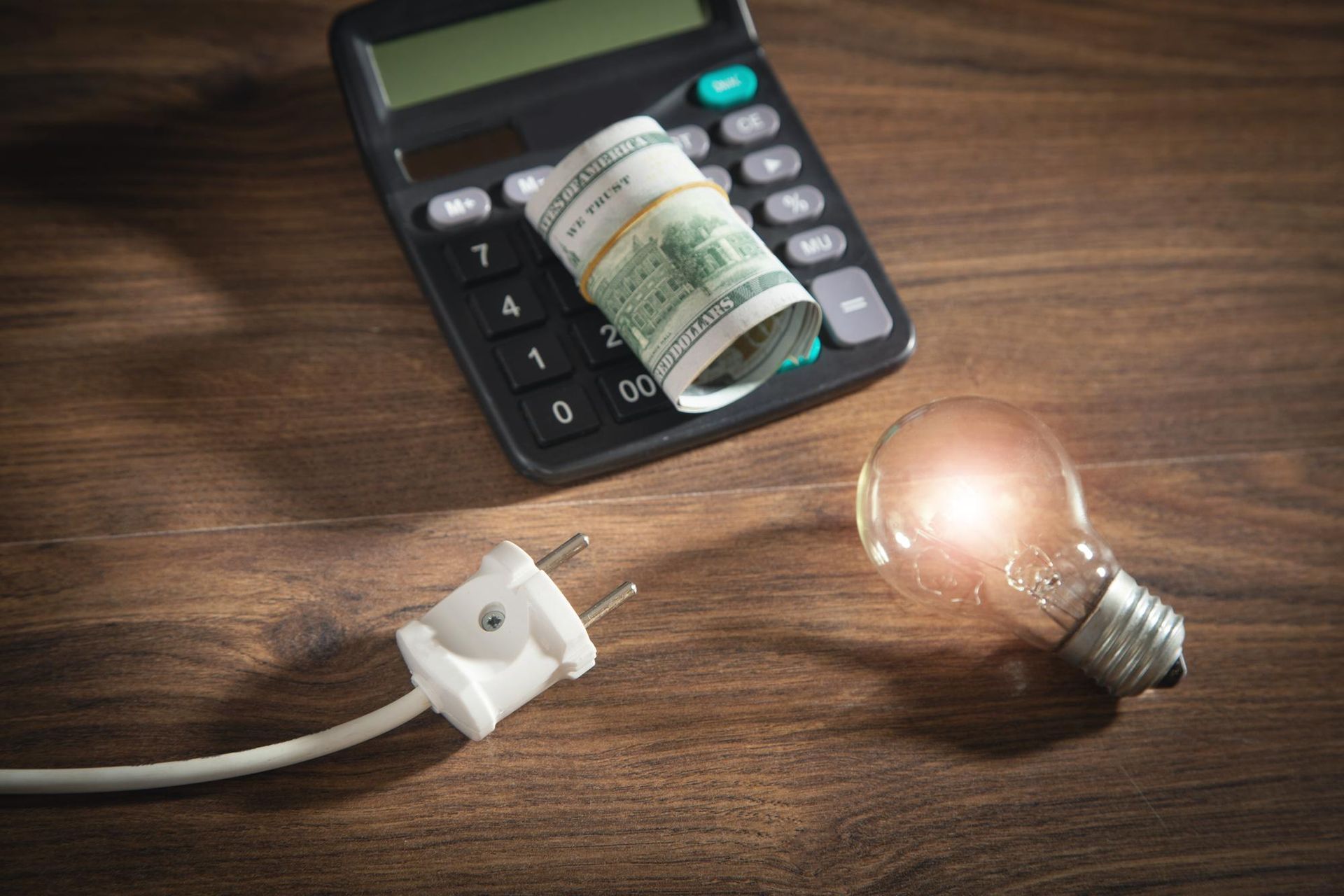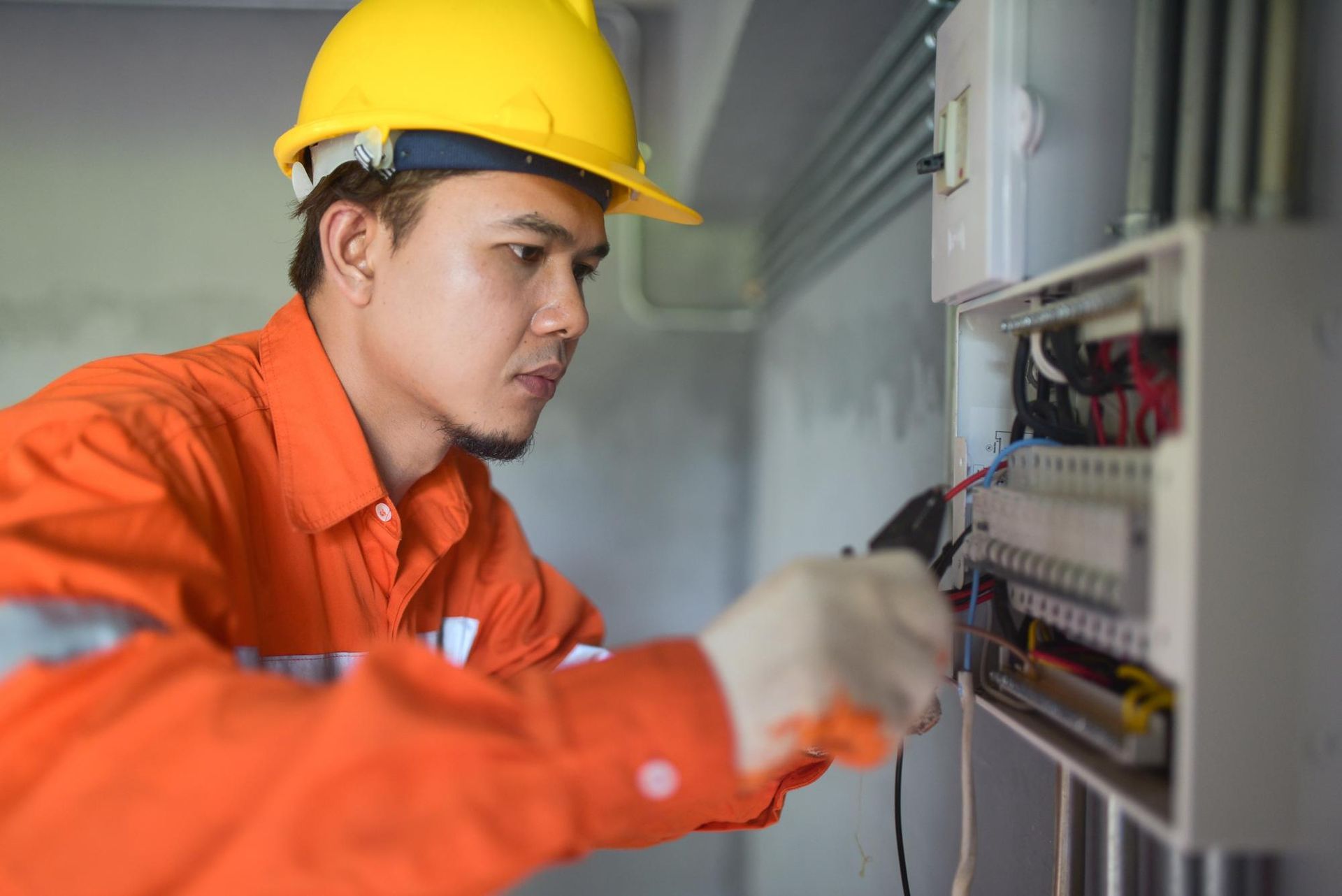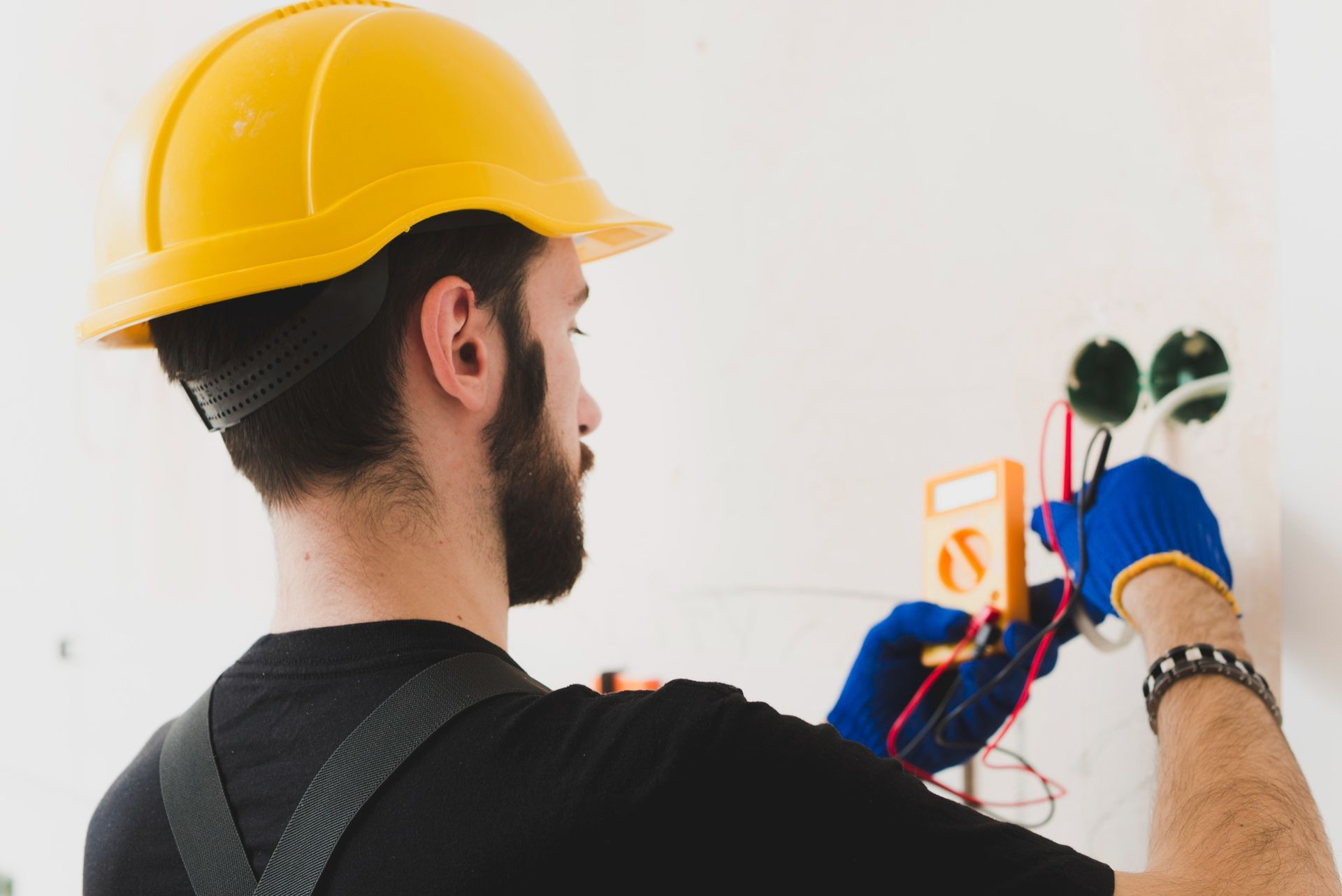Essential Steps in Electrical Panel Installation
When it comes to ensuring the safety and efficiency of your home's electrical system, understanding the electrical panel installation procedure is crucial. This central hub controls the distribution of electricity throughout your home, and a properly installed panel can be the difference between seamless energy flow and unexpected power issues. Whether you're a DIY enthusiast or just keen to understand the process, this guide will walk you through the essential steps of installing an electrical panel, ensuring you're well-equipped with the knowledge needed for this important task.
Preparation and Safety
Before diving into the electrical panel installation procedure, it's imperative to prioritize safety and preparation. The first step is to turn off the main power supply to your home, which is a critical measure to prevent any electrical accidents. Equipping yourself with the right tools, such as screwdrivers, wire strippers, and a voltage tester, along with necessary materials like the electrical panel, circuit breakers, and wires, is the next step. Donning safety gear, including gloves, safety glasses, and insulating shoes, will further safeguard against potential hazards. Remember, safety cannot be overstated when dealing with electrical installations.
Understanding Electrical Panel Basics
A foundational understanding of electrical panels is necessary before embarking on the installation procedure. Electrical panels, also known as breaker panels, come in various types, each suited to different needs and capacities. Familiarizing yourself with the main components, such as circuit breakers, bus bars, and neutral and ground bars, is crucial. This knowledge not only aids in selecting the right panel for your home but also ensures a smoother installation process.
Planning and Layout
The planning and layout stage is where the electrical panel installation procedure begins to take shape. Choosing an optimal location for your panel is guided by local codes and accessibility. It's important to plan the layout of your circuits carefully, keeping in mind current and future needs. Labeling each circuit during this phase can save a lot of time and confusion later on. This foresight in planning can greatly influence the efficiency and functionality of your electrical panel.
Mounting the Electrical Panel
Mounting the electrical panel is a critical step in the installation procedure. It requires precision and care to ensure the panel is securely attached to the wall and positioned correctly. First, you need to determine the exact spot on the wall where the panel will be installed, keeping in mind the clearance requirements as per the local electrical codes. Using a level tool is essential to ensure that the panel is perfectly horizontal. This step is not just about aesthetics; a level panel ensures that the circuit breakers inside will operate correctly. After marking the spots, use appropriate anchors and screws to mount the panel firmly onto the wall. The stability of the panel is key to a safe and enduring installation.
Wiring the Electrical Panel
The "Wiring the Electrical Panel" phase is a critical step in the electrical panel installation procedure. This is where you bring together the various components of your electrical system, ensuring that electricity flows safely and efficiently throughout your home. Let's break down this step into more detail:
1. Main Power Connections
- Begin by carefully examining the main power wires that will supply electricity to your electrical panel. These wires are usually thick and come directly from your utility's power source. It's essential to ensure that the insulation on these wires is intact and that they are not damaged in any way.
- Safely strip the ends of these wires to expose the conductor. Depending on your electrical panel, you'll connect them to the main breaker or the main lugs. Follow the manufacturer's instructions for your specific panel to make these connections.
- Tighten the connections securely. This is crucial as loose connections can lead to overheating and potential hazards. Use the appropriate torque specifications recommended for your panel.
2. Connecting Circuit Breakers
- Each circuit in your home requires a dedicated circuit breaker for protection. Circuit breakers come in various sizes, so it's important to choose the right size for each circuit based on its electrical load.
- To connect a circuit breaker, first, identify the circuit it will protect. This may be a lighting circuit, an outlet circuit, or a dedicated circuit for appliances.
- Carefully route the wires from the circuits to the circuit breaker terminals. Strip the wire ends and attach them securely to the breaker. Tighten the screws snugly to ensure a solid connection.
- Label each circuit breaker according to the corresponding area or appliance it controls. Proper labeling is not only for your convenience but also for safety during future maintenance or troubleshooting.
3. Grounding and Bonding
- Grounding is a fundamental safety feature in electrical installations. The ground wire, usually green or bare, provides a safe path for electrical currents to dissipate in case of a fault. Connect the ground wire to the ground bar in the electrical panel.
- Bonding is the process of connecting all metal parts of the electrical system together to ensure they are at the same electrical potential. This step is crucial for safety, as it prevents the possibility of electrical shocks caused by potential differences.
4. Neatness and Organization
- While wiring the panel, it's important to maintain a neat and organized setup. Properly route and bundle the wires to avoid tangles or confusion. Neat wiring not only looks more professional but also makes future maintenance and troubleshooting much easier.
- Keep an eye out for any loose strands of wire or debris within the panel. These can potentially cause shorts or other issues over time.
5. Safety Checks
- Before proceeding, double-check all connections to ensure they are secure. Loose connections can cause overheating, which is a significant safety risk.
- Use a voltage tester to verify that there is no electricity running through the panel at this stage. Safety should always be the top priority.
By paying meticulous attention to detail during the "Wiring the Electrical Panel" phase, you can ensure that your electrical panel functions correctly and safely. Keep in mind that working with electricity requires caution, and if you're ever unsure about any aspect of the installation, it's wise to seek professional assistance.
Electrical panels are the heart of your home's electrical system, and a well-wired panel is essential for the smooth operation of all your electrical circuits.
Testing and Troubleshooting
After the wiring is completed, testing each circuit is a vital part of the electrical panel installation procedure. This step ensures that all connections are secure and the electrical system is functioning as intended. Using a voltage tester, check each circuit breaker to verify that power is being correctly distributed. It's not uncommon to encounter issues at this stage, such as a breaker that won't stay on or a circuit that isn't receiving power. Troubleshooting these problems may involve checking for loose connections or ensuring that the wiring is correctly configured. This phase is crucial for ensuring the reliability and safety of your electrical system.
Final Inspection and Documentation
The final inspection is an essential conclusion to the electrical panel installation procedure. In many areas, this step requires a professional electrician or a local building inspector to review the installation and ensure it complies with all relevant codes and standards. This is a critical step for both safety and legal compliance. Additionally, documenting every aspect of the installation, including the layout of circuits and any specific details of the installation, is invaluable for future reference or maintenance. This documentation can be a lifesaver for any modifications or repairs that may be needed down the line.
Conclusion
Understanding and following the essential steps in the electrical panel installation procedure can ensure your home's electrical system is safe, efficient, and compliant with local codes. While this guide provides a comprehensive overview, remember that working with electricity carries inherent risks. If you're ever in doubt, consulting with or hiring a professional electrician is the safest choice. Ensuring your electrical panel is properly installed is not just about following steps; it's about guaranteeing the safety and well-being of your home and loved ones.
For residents of Kingfisher, OK, we highly recommend the services of
Dale's 81 Electric, LLC. They are a trusted and reliable electrical service provider with a proven track record of delivering exceptional results. You can reach them at
405-375-4207. When it comes to electrical panel installation and maintenance, choosing a reputable service provider like Dale's 81 Electric, LLC, can give you peace of mind, knowing that your electrical system is in capable hands. Your safety and the integrity of your home's electrical infrastructure are their top priorities.
Please note that while we've promoted Dale's 81 Electric, LLC, it's essential to conduct your research and due diligence when selecting any service provider to ensure they align with your specific needs and requirements.
FAQ’s
-
Can I install an electrical panel myself, or do I need a professional electrician?
While it's possible to install an electrical panel as a DIY project, it's a complex task that requires a good understanding of electrical systems, local codes, and safety precautions. If you're not experienced with electrical work, it's safer to hire a licensed electrician to ensure the installation is done correctly and safely.
-
How do I choose the right size electrical panel for my home?
The size of your electrical panel should match the electrical demands of your home. Factors to consider include the number of circuits you need, the total electrical load, and any potential future expansions. It's advisable to consult with a professional electrician who can assess your specific needs and recommend the appropriate panel size.
-
Can I upgrade my existing electrical panel?
Yes, it's possible to upgrade your existing electrical panel if it no longer meets your electrical demands. This may be necessary if you're adding new circuits, appliances, or electrical loads. Upgrading your panel should be done by a licensed electrician to ensure it complies with current codes and safety standards.
-
How often should I have my electrical panel inspected?
Regular inspections of your electrical panel are essential to ensure its continued safe operation. It's a good practice to have a professional electrician inspect your panel every few years, or more frequently if you notice any issues such as tripping breakers, flickering lights, or unusual electrical behavior.
-
What should I do in case of a power outage or if the circuit breaker trips frequently?
If you experience a power outage, first check if the circuit breaker has tripped. If so, switch it back on. Frequent tripping may indicate an overload or a fault in the circuit. In such cases, it's advisable to consult with an electrician to diagnose and resolve the issue. Additionally, consider installing a backup generator to provide power during extended outages.
Need Expert Electrical Services?



